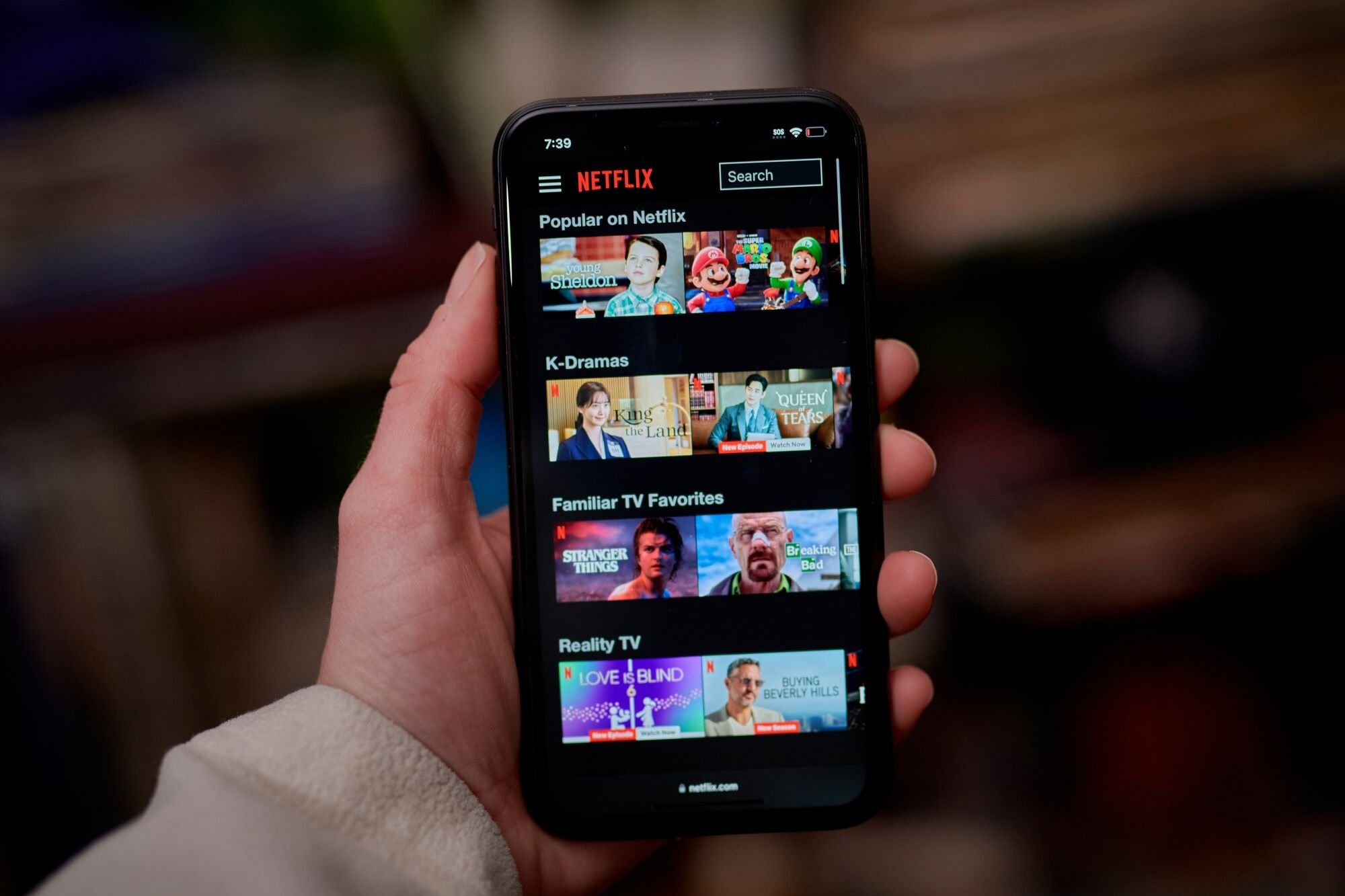The TV Ad Empire Strikes Back

As the streaming market matures and works its way through consolidation – eventually – the space continues to morph:
Companies that made all their money from ads, like Google, are now selling subscriptions: YouTube Premium, YouTube TV, and Sunday Ticket. Companies that were once all about subscribers, like Netflix Inc. and Spotify Technology SA, are now all-in on ads.
It's almost as if there's a desire to diversify revenue streams and to keep growing revenue at all costs (well, not at all costs, certainly not in streaming, anymore). Funny that.
Netflix has discussed creating free versions of its streaming service in some markets, namely in Europe and Asia, as the company looks for more ways to increase its audience, according to people familiar with its plans.
Netflix experimented with a free plan in Kenya, but discontinued it last year. Top executives at the company have discussed whether to create a free version of the service in far larger markets, especially those with popular free TV networks where it also sells ads. (Think Germany or Japan.)
The company has no plans to offer a free service in the US, where it already reaches the majority of its potential customer base, said the people, who declined to be identified because the plans are nascent. There are no current plans to do this anywhere — these are just talks, for now.
At some point, assuming Netflix can scale their ad infrastructure and inventory, this will happen. In the U.S. too. Again, see: above. And below...
But a free service would help the company reach more people who either can’t afford the service or don’t have a good way to pay for it. It would also address one of the biggest present challenges for the company: creating more advertising inventory.
When it comes to video streaming, Netflix is the biggest player around (besides YouTube). But when it comes to advertising, it’s still a minnow.
“They’ve been slow to scale,” one prominent advertising executive told me recently. Netflix is at best the ninth or tenth biggest player in online video advertising, and has been trying to charge as much as twice as the competition. “It’s not the most attractive place,” the executive said. “There is not a clamoring for them.”
And:
In the US, Netflix’s advertising tier is a fraction of the size of Peacock, Hulu, Disney+ and Amazon Prime. (Let’s not talk about YouTube.) That’s true in terms of sales and viewers. A consultant told me this week that there are only four must-haves in the online video TV upfront marketplace: Disney, Comcast, YouTube and Amazon.
Why is Netflix not only getting into live sports, but streaming the key live sport from a television perspective, the NFL, this fall? Ads.
I'm not saying it's the only reason they're doing it, but I do believe it's the main reason. Growing the ad business is the lowest-hanging-fruit way for Netflix to continue overall revenue growth, certainly in the US, which is now saturated on subscriptions. And certainly better than scaling shopping malls.
Amazon and Disney have taken different approaches to advertising than Netflix. They turned ads on for all of their viewers, telling customers they would need to pay more to avoid ads. While Netflix’s approach was customer-friendly, the Amazon approach delivered a large audience right away.
The vast majority of viewers for Prime Video – more than 75%are now watching with ads, according to industry executives. Amazon has also charged advertisers lower rates, undercutting the competition and forcing its rivals to scramble. (Disney is doing this too.)
Netflix is in a trickier spot here because they have become synonymous with no ads. But that era, for better or worse is over. Even if Netflix doesn't want it to end, and even if we don't want it to end, Disney and Amazon just blew it up.
We're about to enter a streaming world with ads everywhere, just like the cable TV we all left behind. And the ad loads will keep increasing until people get fed up and new services which are paid and offer no ads pop up again. And round and round we'll go...

